Save time writing your October maths lesson plans with a digital Halloween math activity for foundation year students.
No Tricks, Just Treats! Digital Halloween Maths Activities
Get ready to add a splash of spooky Halloween spirit to your classroom with this fun Halloween-themed digital maths activity your students’ will love! This resource has been created as a fun activity teachers can download and use straight away with zero-prep!
No-Prep Halloween Math! Foundation Maths Centres
The maths concepts covered will help review topics taught , including
- Counting sets of objects
- Adding by counting on
- Subtracting by counting back
- Continuing a pattern
- Number ordering
- Sorting 2D and 3D Shapes
- Matching number words to numbers
Easily Prepare This Halloween Maths Game for Your Students
Use the dropdown icon on the Download button to download the Google Slides. Please be sure to open in Edit mode, not presentation mode. Students click/drag/drop/type to interact with the activity.
This resource was created by Lisamarie Del Valle, a Teach Starter Collaborator.
Check out these other Halloween that are perfect to bring a bit of (pumpkin) spice into your classroom!
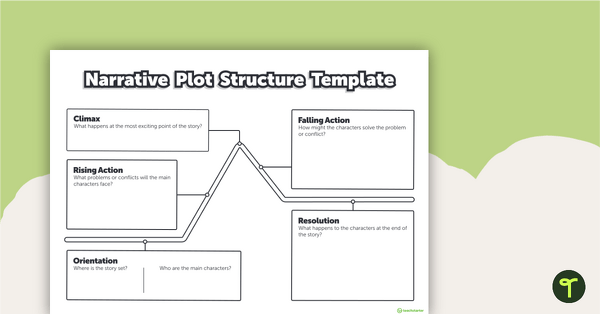
teaching resource
Narrative Plot Structure - Story Mountain Template
Use a story mountain template to help your students write narrative texts.
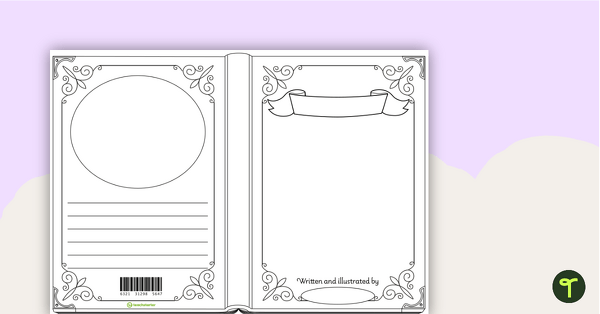
teaching resource
Narrative Booklet Template – Storybook Theme
A storybook-themed booklet for students to use when publishing their narrative texts.
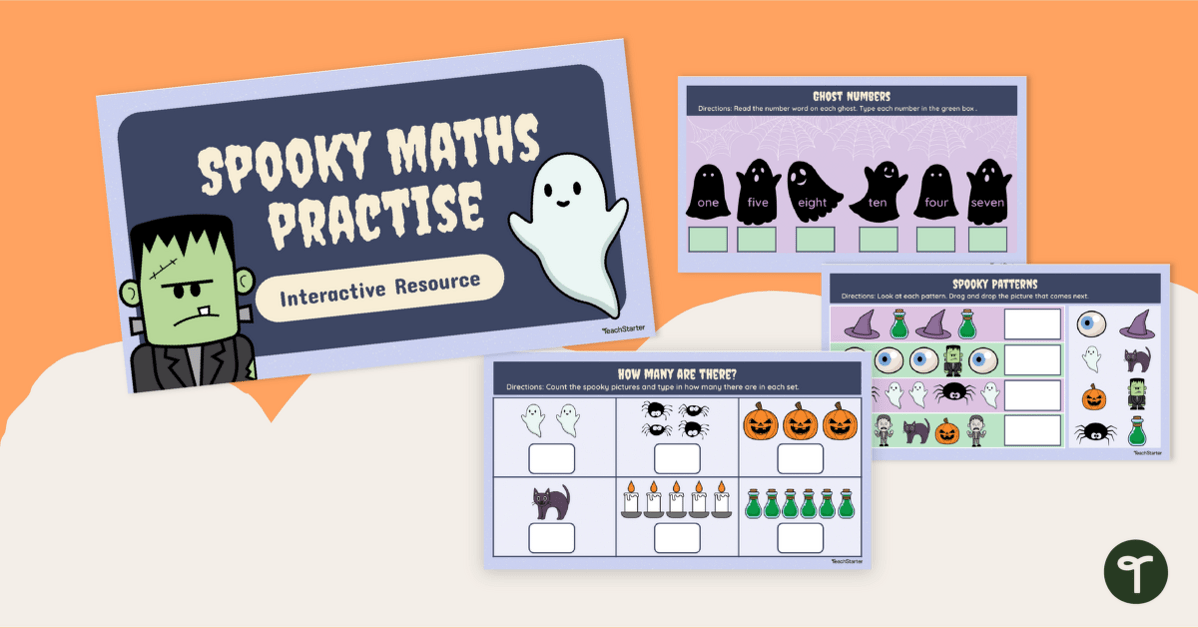

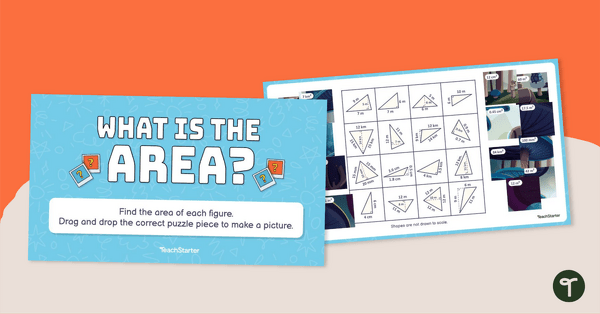
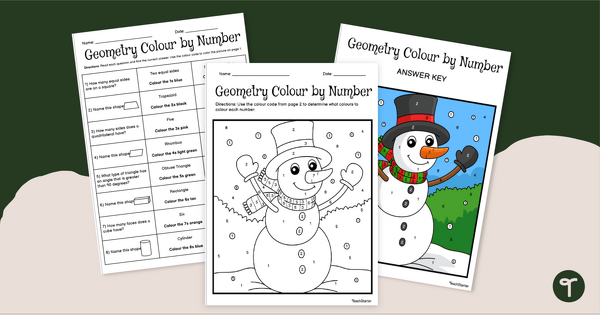
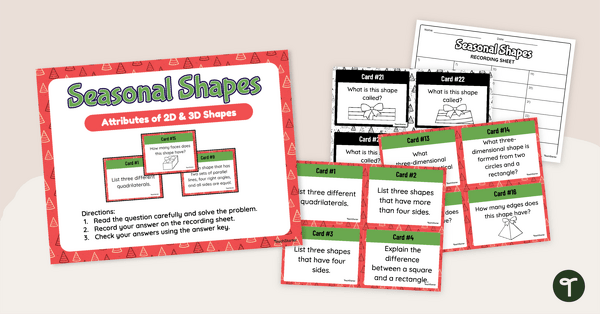

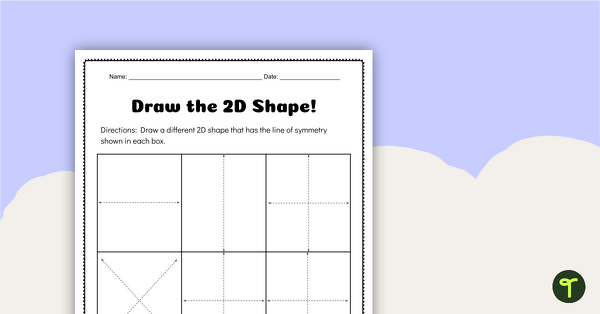
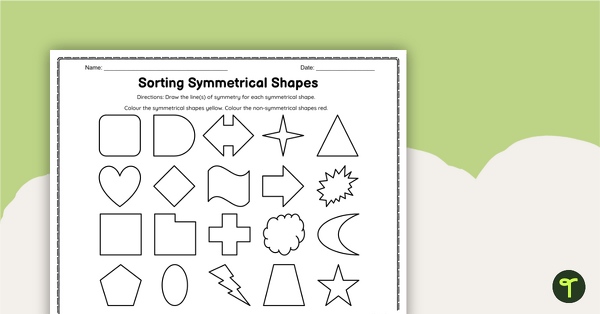
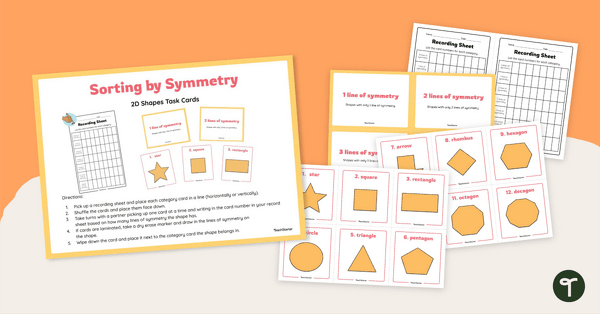
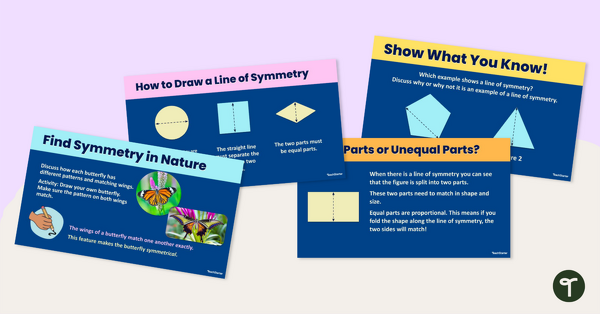
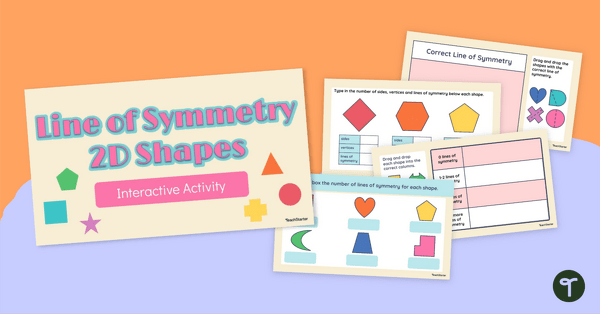
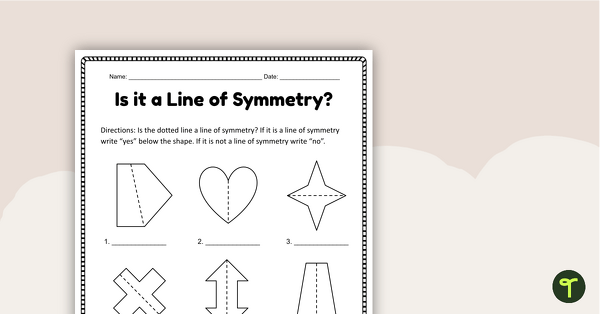
0 Comments
Write a review to help other teachers and parents like yourself. If you'd like to request a change to this resource, or report an error, select the corresponding tab above.